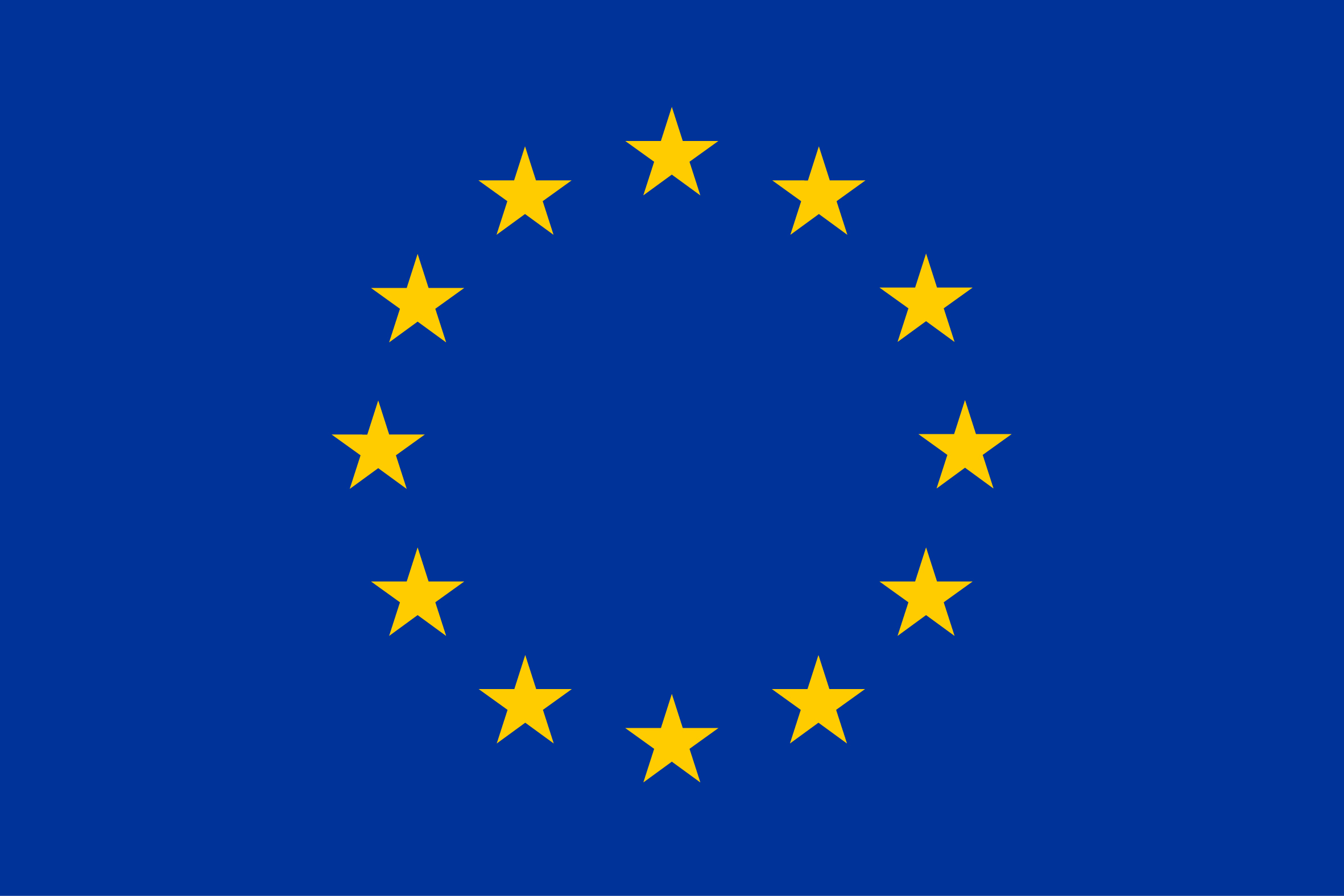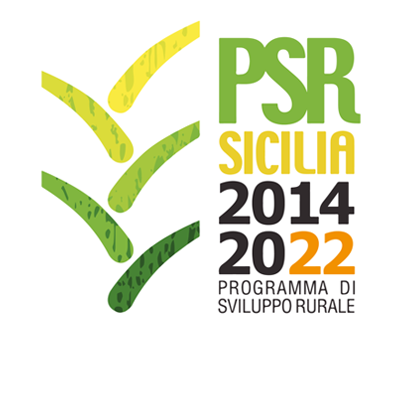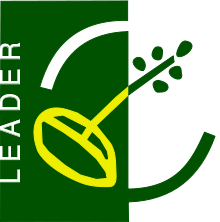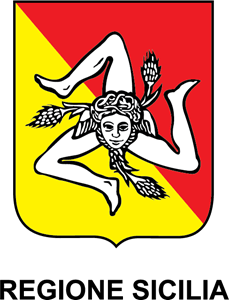Oststeirisches Fleckvieh
Country
Specie
ISO3
AUT
Language
ger.
Other name
East Styrian Spotted
Breed classification (adaptedness)
Native
Breed classification (geographic)
Local
Domestication status
domestic
Taxonomic classification
Variety
Description of origin
former variety of Austrian Simmental
Local cryo conservation status
No Material
Local Risk
Extinct
Detailed local risk status
Extinct
Mürztal
Country
Specie
ISO3
AUT
Language
ger.
Breed classification (adaptedness)
Native
Breed classification (geographic)
Local
Domestication status
domestic
Taxonomic classification
Variety
Description of origin
local strains crossed with Ennstaler Bergscheck and Mariahofner in the 19th century, combined with Murbodner in 1913.
Local cryo conservation status
No Material
Local Risk
Extinct
Detailed local risk status
Extinct
Mölltaler
Country
Specie
ISO3
AUT
Language
ger.
Transboundary name
Mölltaler
Other name
Mölltal-Pinzgau, Norica-Pinzgau, Pezzata rossa norica, Mölltal
Breed classification (adaptedness)
Native
Breed classification (geographic)
Regional
Additional information
Absorbed in Pinzgau cattle.
Herdbook
n
Domestication status
domestic
Taxonomic classification
Variety
Description of origin
former variety of Pinzgau in South-west Carinthia (till 1925) and North-east Udine, different from Pinzgau and Pustertaler Sprintzen in Salzburg and North-east Bolzano
Local cryo conservation status
No Material
Local Risk
Extinct
Detailed local risk status
Extinct
Regional Transboundary Risk (detailed)
Extinct
Limousin
Country
Specie
ISO3
AUT
Language
fr.
Transboundary name
Limousin
Other name
Tiroler Fleckvieh, Tyrol Spotted
Breed classification (adaptedness)
Exotic
Breed classification (geographic)
International
Additional information comments
used as sire on Simmental suckler cows (quality beef programs)
Color comments
not too dark, belly, haunches, round the eyes and muzzle lighter coloured.
Efabis main colour
golden
Efabis skin colour
dark
Number of horns males
2
Number of horns females
2
Horn shape size and comments
fine curved horns
Wither height males
147
Wither height females
138
Weight males
1100.00
Weight females
700.00
Other specific visible traits
fine boned, very well muscled
Herdbook
y
Domestication status
domestic
Taxonomic classification
Breed
Description of origin
from the French department Limousin
Import
since 1980 100% imported from France
Location within country
whole country
Local cryo conservation status
Not Sufficient
Local Risk
At Risk
Detailed local risk status
Endangered maintained
International Transboundary Risk detailed
Not at Risk
Lechtaler
Country
Specie
ISO3
AUT
Language
ger.
Other name
Lechtal
Breed classification (adaptedness)
Native
Breed classification (geographic)
Local
Additional information
Absorbed in Tyrolean Grey.
Herdbook
n
Domestication status
domestic
Taxonomic classification
Variety
Description of origin
intermediate between Allgäuer (Brown Mountain) and Tyrolean Grey, absorbed in Tyrolean Grey
Location within country
Tyrol
Local cryo conservation status
No Material
Local Risk
Extinct
Detailed local risk status
Extinct
Kärntner Blondvieh
Country
Specie
ISO3
AUT
Language
ger.
Description
Yellow cattle from the Carinthian Basin
Other name
Kärntner Blondvieh, Lavanttaler, Mariahofer, Mariahofer-Lavanttaler, Plava, Styrian Blond, Kärntner Blondvieh, brand name Carinthian Blond
Breed classification (adaptedness)
Native
Breed classification (geographic)
Local
Adaptability to specific environment
The breed is well adapted to mountain pastures.
Specific reproductive characteristic
This breed is known for good fertility.
Special characteristic of product
This breed has excellent meat quality.
Efabis adaptability to marginal land
adapted to mountain pastures
Color comments
uni coloured, blond, white around the muzzle, light skin colour
Number of horns males
2
Number of horns females
2
Wither height males
141
Wither height females
131
Weight males
825.00
Weight females
550.00
Herdbook
y
Herdbook established
1982
Domestication status
domestic
Description of origin
composite of Mariahofer, Lavanttaler and local strains with influence of Hungarian Grey (1850)
Year of origin
1900
Location within country
Carinthia
Local cryo conservation status
Sufficient
Local Risk
At Risk
Detailed local risk status
Endangered maintained
Jochberger Hummeln
Country
Specie
ISO3
AUT
Language
ger.
Transboundary name
Jochberg
Other name
is the village of origin in Salzburg;
Breed classification (adaptedness)
Hummel
Breed classification (geographic)
means polled cattle in Austria
Additional information comments
Jochberger Hummeln, Pinzgau polled
Efabis cultural role comment
Native
Efabis cultural value
Local
Adaptability to specific environment
since 1997 integrated into the Pinzgau herdbook. Since 2002 conserved together with other polled Original Pinzgau cattle, no separate breed any longer.
Number of horns females
0
Horn shape size and comments
Fatschen
Wither height males
).
Wither height females
Dark red; white
Weight males
0.00
Weight females
0.00
Other specific visible traits
0
Herdbook
genetically polled
Herdbook established
145
Domestication status
135
Taxonomic classification
1000
Description of origin
700
Import
y
Local cryo conservation status
domestic
Local Risk
Variety
Detailed local risk status
polled variety of Original Pinzgau
Fleckvieh
Country
Specie
ISO3
AUT
Language
ger.
Description
name means
Transboundary name
pied cattle
Other name
in German
Breed classification (adaptedness)
Simmental
Breed classification (geographic)
Simmentaler
Additional information
Locally adapted
Additional information comments
International
Efabis cultural role comment
Breeding program together with Bavaria, Germany. Since 2000 crossing with Montbéliarde and Red Holstein to improve milk yield and udder conformation. These animals are registered as pure Simmental.
Efabis cultural value
most common cattle breed in Austria
Efabis skin colour
body pied or solid red with few white spots; head, feet and tail always white, sometimes with coloured
Number of horns males
0
Number of horns females
0
Horn shape size and comments
white with red spots
Wither height males
flesh coloured under white hair, brown under red hair; claws and horns wax coloured.
Wither height females
0/2
Weight males
0.00
Weight females
0.00
Other specific visible traits
150
Herdbook
145
Herdbook established
1250
Domestication status
800
Description of origin
y
Year of origin
1894
Import
domestic
Location within country
Breed
Local cryo conservation status
imported in the 19th century from Switzerland; locally adapted
Local Risk
19th century
Detailed local risk status
since 1982 imported 5% Red Holstein from USA; Germany since 1995 imported 15% Fleckvieh from Germany since 2000 imported 5% Montbéliarde from France
Regional Transboundary Risk (detailed)
country-wide
International Transboundary Risk detailed
Sufficient
Jersey
Country
Specie
ISO3
AUT
Language
engl.
Transboundary name
Jersey
Breed classification (adaptedness)
Exotic
Breed classification (geographic)
International
Number of horns males
2
Number of horns females
2
Wither height males
125
Wither height females
120
Weight males
600.00
Weight females
450.00
Herdbook
y
Herdbook established
1992
Domestication status
domestic
Taxonomic classification
Breed
Local cryo conservation status
Not Sufficient
Local Risk
At Risk
Detailed local risk status
Endangered
International Transboundary Risk detailed
Not at Risk
Holstein-Friesian
Country
Specie
ISO3
AUT
Language
eng.
Transboundary name
Holstein (black and white)
Other name
Schwarzbunte, Holländer
Breed classification (adaptedness)
Exotic
Breed classification (geographic)
International
Color comments
pied black and white
Efabis main colour
White; black
Efabis skin colour
flesh under white hair, dark under black hair
Number of horns males
2
Number of horns females
2
Horn shape size and comments
Horns wax coloured at the basis with black tips. Usually dehorned as calves.
Wither height males
165
Wither height females
155
Weight males
1100.00
Weight females
700.00
Herdbook
y
Domestication status
domestic
Taxonomic classification
Breed
Import
since 1970, > 20% from Holstein-Friesian (Germany); since 1975, 5 to 20% from Holstein-Friesian (USA: Canada)
Location within country
country-wide
Local cryo conservation status
Sufficient
Local Risk
Not at Risk
Detailed local risk status
Not at Risk
International Transboundary Risk detailed
Not at Risk




